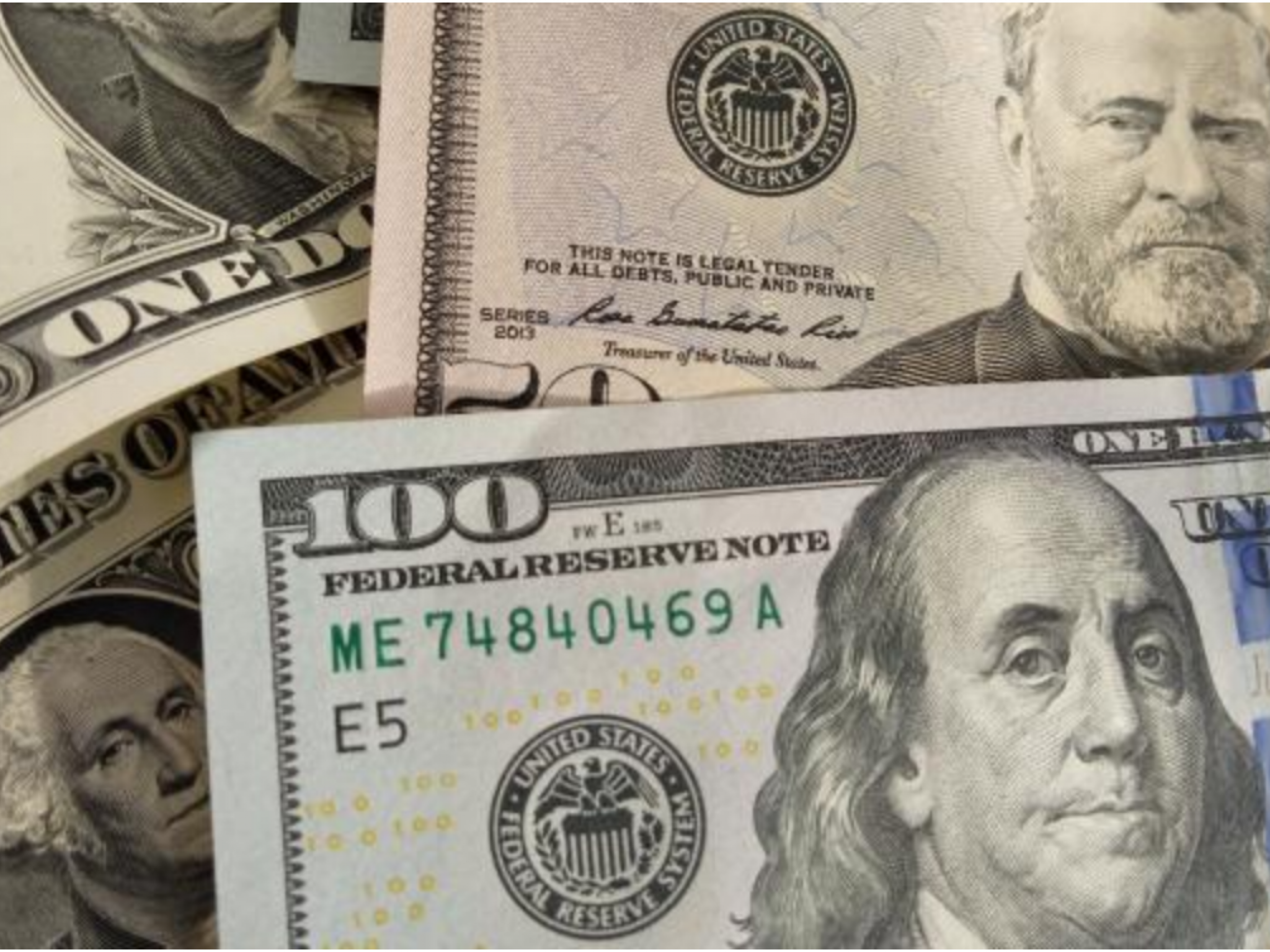
In the month of June, U.S. households faced inflationary pressures not seen since the 1980s, causing consumers to spend more money on fewer goods.
What Happened: On Friday, the Bureau of Economic Analysis reported a 1.1% increase in consumer spending, which correlates with the highest consumer price index recorded for the month of June of 1.3%.
As the unadjusted inflation sits at 9.1%, while all items less food and energy inflation is at 5.9% over the past twelve months, consumers are getting less bang for their buck. This especially true for middle class and lower-income families as personal income for June increased 0.6%, however, after taxes and inflation real disposable incomes decreased by 0.3%.
According to Chris Zaccarelli, Chief Investment Officer for Independent Advisor Alliance, personal consumer expenditures which are more closely monitored by the Fed than CPI have risen 6.8% year over year, signaling inflation is becoming more entrenched in the economy.
Also Read: Fed's Preferred Inflation Measure Comes In Higher Than Expected: What You Need To Know
What This Means For Consumers: Since consumer spending is nearly two-thirds of total economic output, it will be an essential indicator for the Federal Reserve to monitor before the next Fed meeting in September, as mentioned in the Wall Street Journal.
In a Wednesday Press Conference Fed Chair Jerome Powell said, “Growth and consumer spending have slowed significantly”, noting that the softening is due to tighter financial conditions and lower real disposable incomes.
According to the National Retail Federation, retail sales were strong in June as they increased 1% since May and up 8.4% year over year. Also, mentioning that inflation is driving the consumer to purchase more necessities instead of wants, since inflation is erasing personal savings.
Although the consumption of services and durable goods increased, consumers drove less and bought less name brand products due to inflation, as mentioned by Bill Adams, Chief Economist for Comerica Bank.
Upcoming Events: With the upcoming July inflation data being released on August 10, many investors and economists are debating that June was the peak for inflation, as energy prices have climbed down in the past month.
When asked about the next interest rate hike in September in a Wednesday Press Conference, Powell mentioned that we will be looking at activity, labor, market, and inflation data points as well as policy stance before the next meeting, adding that eventually there will be a slowdown in hikes if needed.
However, Zaccarelli believes that 75 bps is still on the table, although the consensus is for 50 bps, adding that the rally we are seeing will enter into late summer until it becomes clear we are headed for a recession.
With the energy index at 41.6% and the food index at 10.4% over the last twelve months, the Fed will have to toe the line on the next interest rate decisions, as consumers are facing the brunt of inflationary pressures.







